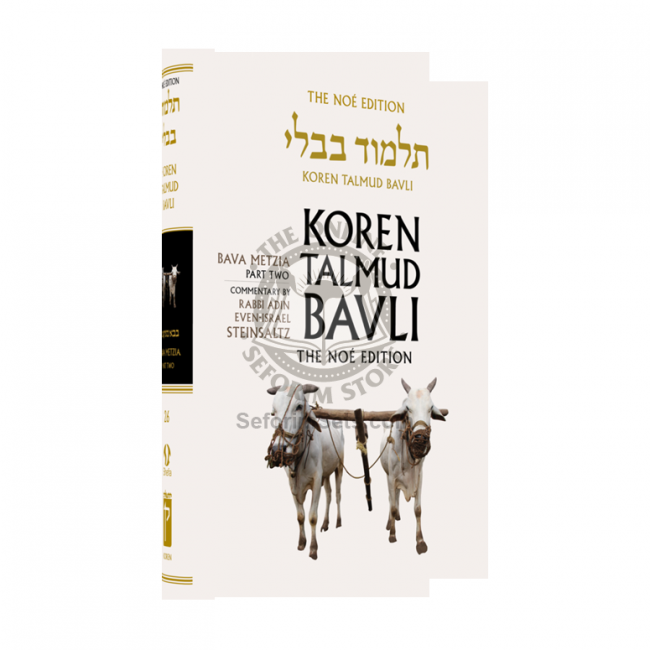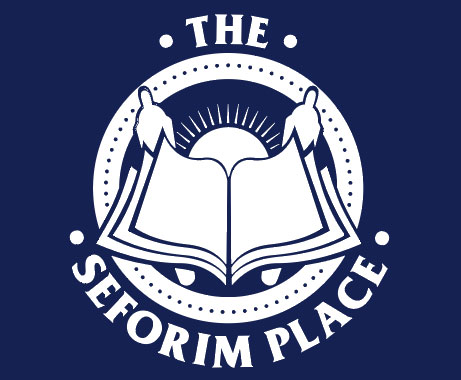
Tractate Bava Metzia was originally part of a large tractate called tractate Nezikin, meaning damages, which comprised what are now the first three tractates in the order of Nezikin. Bava Metzia was the middle section of tractate Nezikin, and from this placement it derived its name, which means the middle gate. The remaining part of this super-tractate was divided into Bava Kamma, the first gate, which precedes Bava Metzia, and Bava Batra, the last gate. Each of these three parts has its own central topic. Bava Metzia deals with issues relating to business, specifically those that the Torah mentions explicitly. The topics discussed in this tractate include the halakhot of lost and found items, the loading and unloading of animals, verbal mistreatment, exploitation, charging interest, feeding workers, depositing and borrowing items, withholding wages, and the prohibition against damaging collateral. Bava Metzia expresses one of the unique aspects of Torah law, namely, that it does not distinguish between civil law and ritual law. Jewish civil law is based not on a social contract but on requirements defined by Torah law and rabbinic law. Accordingly, interpersonal relationships and civil laws are viewed as part of the relationship between the Jewish people and God. Although there are certain distinctions made by the Torah between civil and ritual law, in general they are interwoven in the Torah text, as can be seen, for example, in Exodus, chapters 21–23; Leviticus, chapter 19; and Deuteronomy, chapters 21–25. Medium/Daf Yomi Size is B&W.
| Book Attributes | |
| Format | 9X12", 8X10" |
- Model: KTB26-1
